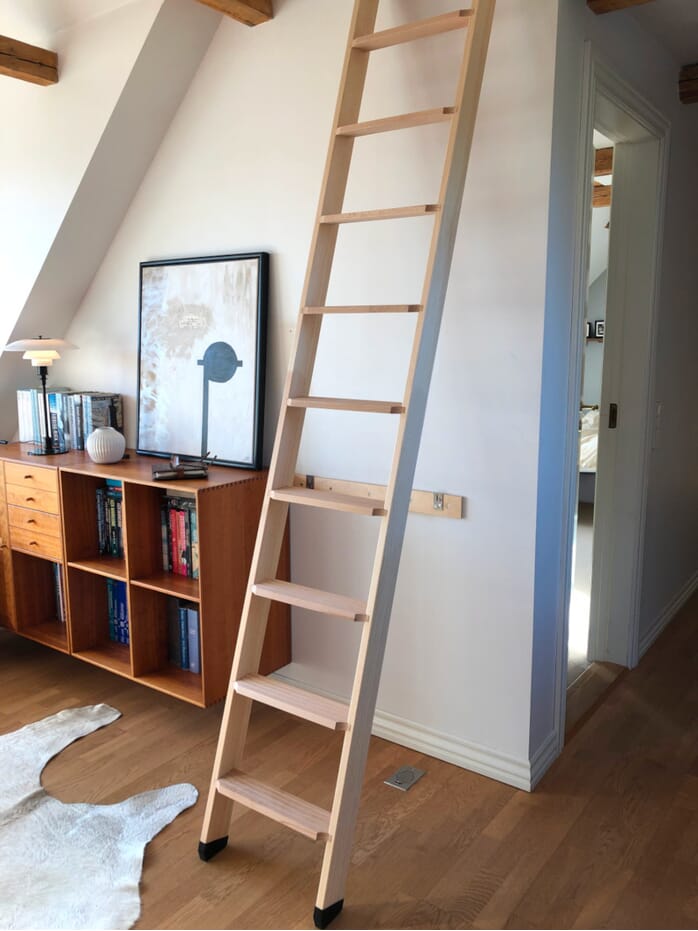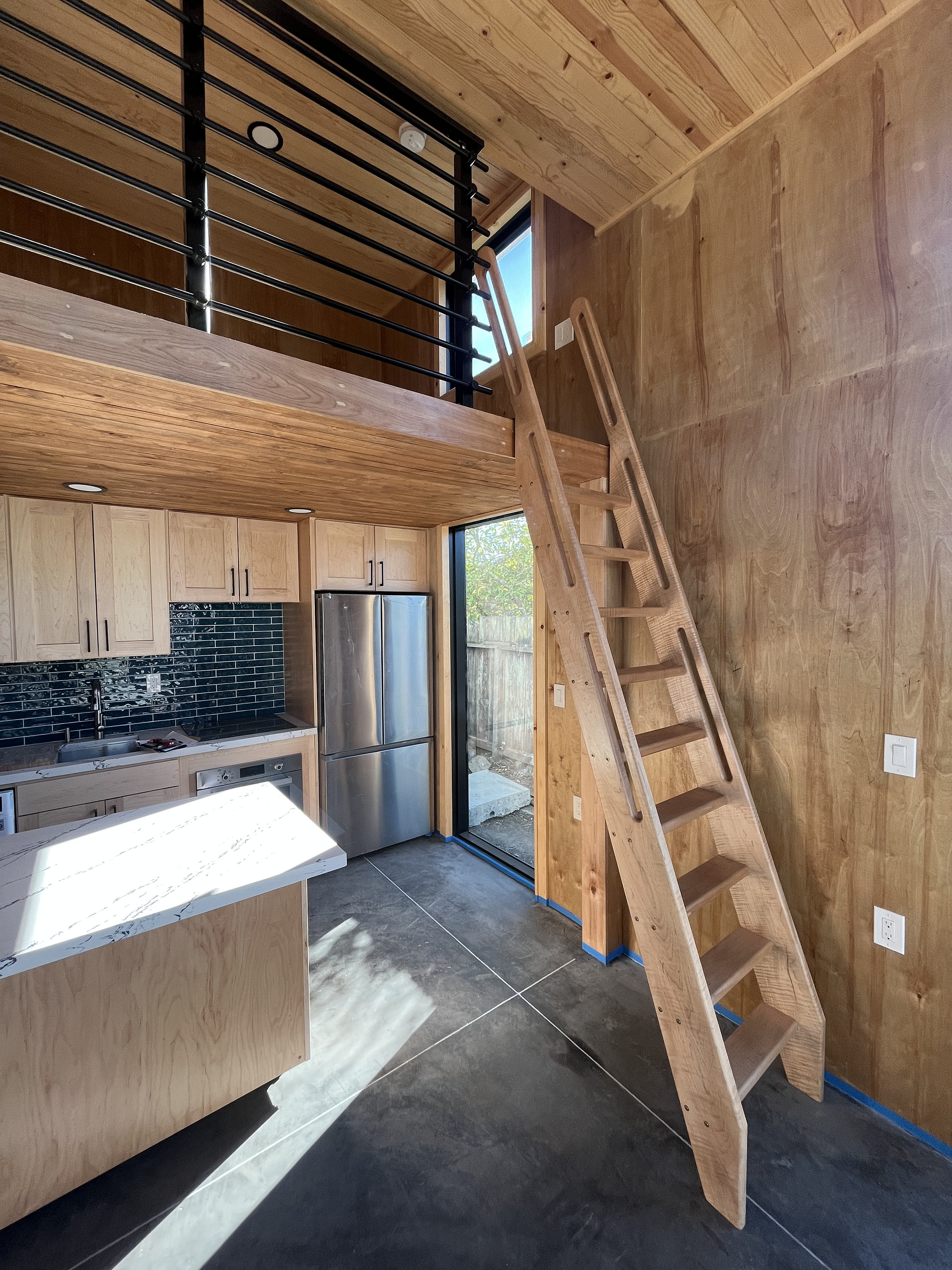Selecting a loft ladder is not more or less finding from A to B. The correct selection can improve protection, save space, and produce your storage space far more accessible. That fast guide walks you through the key factors—measurement, material, system, and safety—therefore you may Loft Ladder suits your home and your day-to-day routine.

Calculate your space accurately
Focus on dimensions. Measure the floor-to-ceiling level, loft starting measurement, and the clearance on the landing and in the loft. A standard error is concentrating just on the starting and forgetting move or slip clearance. If your lounge is slim, a tight flip design usually works better when compared to a extended moving version. For very good roofs, confirm the ladder's maximum reach and load standing to avoid instability.
Suggestion: Drawing the area and note obstacles like doors, mild fixtures, and railing posts. Appropriate dimensions prevent results and refits.
Fit the mechanism to your layout
Various elements suit different houses:
Flip (two or three sections): Reliable, budget-friendly, and great for standard ceilings.
Sliding: Fast to release, good for frequent use , but wants more run-out space.
Telescopic: Best for restricted spaces; small approval required; an easy task to store.
Electric/assisted: Good for large use or limited mobility; larger cost but exceptional convenience.
If you'll entry the loft regular, pick a process that deploys efficiently with one hand. Occasional customers may prioritize lightweight storage over speed.
Choose the correct material
Product influences weight, durability, and sound:
Wood: Strong, calm underfoot, and thermally hotter; somewhat heavier.
Aluminum: Light and corrosion-resistant; easy to work; can be noisier.
Metal: Really powerful with large fill reviews; weightier and most useful for frequent or large loads.
Fiberglass: Non-conductive and secure; an intelligent choose if you have electric systems near the hatch.
Contemplate load score (often 220– 330 lb). If you'll take containers or gear, pick the larger segment for peace of mind.
Prioritize safety functions
Protection isn't optional. Search for :
Heavy, anti-slip treads (3 inches or even more is comfortable).
Handrails or at least a top seize bar for stable transitions.
Non-slip legs and protected securing mechanisms.
A well-insulated, draft-sealed hatch to reduce power loss.
If children might rise it, assure the latch is secure and the ladder ends flush.
Consider padding and power efficiency
A defectively sealed hatch can flow heat. Opt for an insulated home with retention seals. In cooler areas, an increased warmth score makes an obvious huge difference to ease and power bills.
Program for installment and preservation
Pre-assembled products simplify DIY installation, but complex mechanisms may benefit from qualified fitting. Following installment, always check hinges, products, and locks seasonally. A mild plastic lubricant on going elements keeps operation easy and quiet.

Produce the intelligent selection
As soon as your sizes, mechanism, substance, and protection characteristics arrange together with your space, the “perfect” loft ladder becomes obvious. Take a few moments to map your requirements today, and appreciate safer, easier access to your loft for decades to come.
